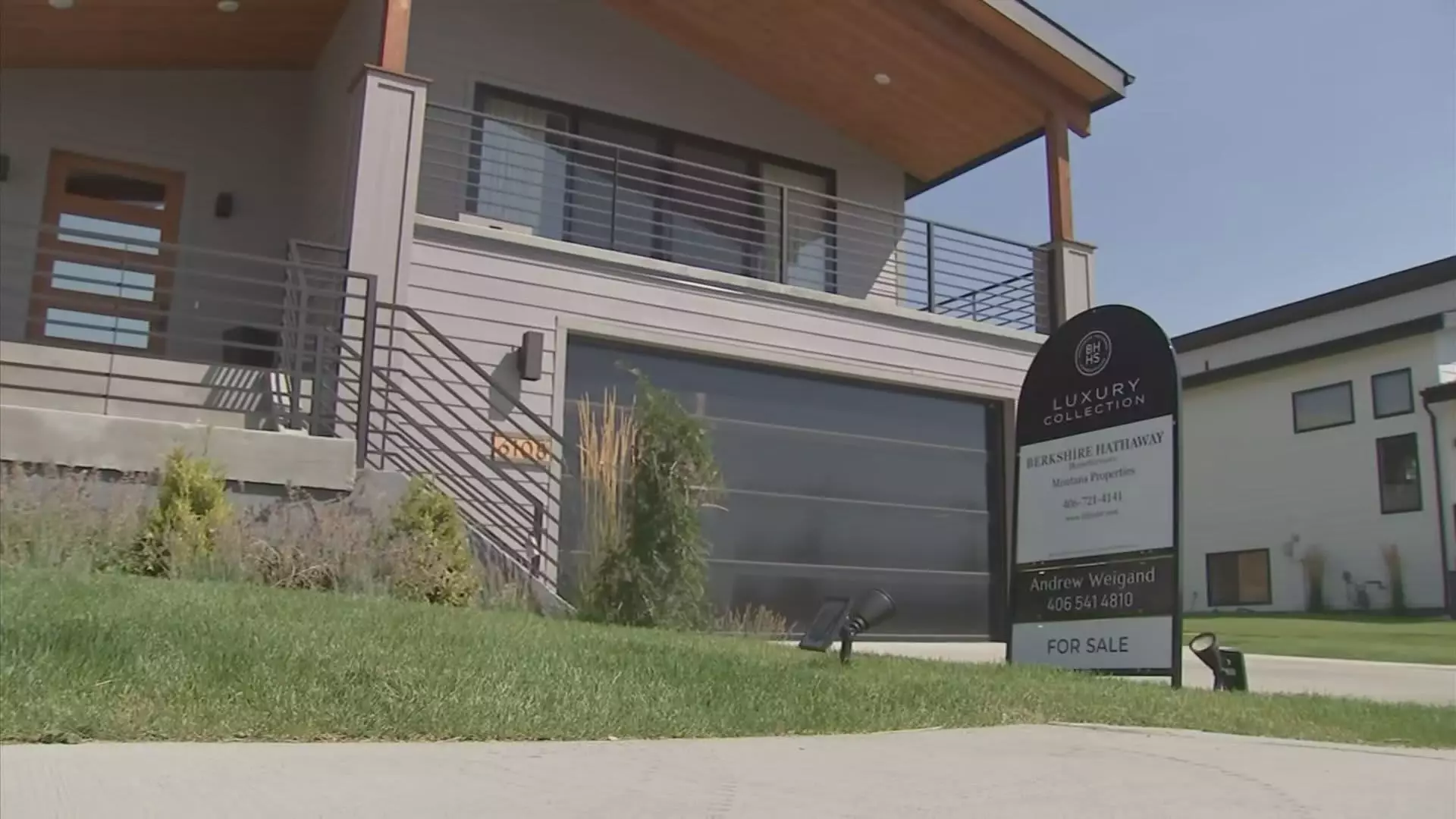As we approach the 2025 home buying season, aspiring homeowners are likely to find themselves in a challenging landscape. The concept of a “starter home,” once a reliable entry point into the real estate market, is rapidly fading. This crisis is not merely a result of economic alterations; it is deeply rooted in structural changes within the housing market, defined by rising prices and dwindling choices. For potential first-time buyers, the situation necessitates a deeper understanding of the forces at play.
The archetypal starter home is generally characterized as a compact dwelling, typically no larger than 1,400 square feet, intended for young families or individuals entering the property market. Yet, recent statistics tell a disheartening story. According to the Census Bureau, only 9% of newly constructed homes in the United States in 2023 fell into this category, a sharp decline from 40% in 1982. The question arises: why has there been such a dramatic shift? Experts largely attribute this change to stringent local zoning laws that dictate development parameters, directly influencing affordability and availability in housing.
Zoning regulations are foundational to urban planning and housing development, yet their current manifestations are hindering the creation of affordable homes. Such laws not only limit the type of housing that can be constructed but also significantly inflate construction costs, which in turn reduce the overall supply of low- to mid-range housing options. The ramifications are evident: builders face insurmountable barriers to entry, resulting in a market skewed toward high-end properties.
Sam Khater, chief economist at Freddie Mac, points out that the financial landscape for builders is restrictive. “Builders are not necessarily uninterested in lower-cost homes,” he explains, “but they find themselves unable to construct such properties due to ever-increasing expenses.” The implications of these zoning laws create a dramatic imbalance in the market, leaving first-time buyers grappling with fewer options.
The Ripple Effects of Rising Prices
Home prices have soared dramatically, with the S&P CoreLogic Case-Shiller U.S. National Home Price Index reporting a staggering average increase of over 52% from January 2020 to October 2024. Contributing to this crisis are several factors: skyrocketing costs for labor and materials—both of which have risen approximately 50% over the last decade—alongside land costs that have surged even further, impacting the overall feasibility of building affordable homes.
These challenges are compounded by a market characterized by low levels of existing home supply. The aftermath of the 2007-2008 financial crisis saw the consolidation of the homebuilding industry, and the effects continue to linger. Builders are reluctant to construct new homes when they’ve become financially untenable, leading to stagnation in new construction rates compared to the early 2000s.
The current marketplace has become increasingly polarized, illustrating a stark contrast between cash buyers and first-time homebuyers—those who often rely on financing to secure their homes. According to the National Association of Realtors (NAR), while first-time homebuyers face unprecedented difficulties, the proportion of all-cash transactions has reached an all-time high. This economic dynamic further alienates potential buyers who lack the financial flexibility to compete in an escalating market.
Jessica Lautz, deputy chief economist at NAR, notes, “We are witnessing an unusual market characterized by the lowest levels of first-time buyers ever recorded juxtaposed against a peak in cash buyers.” For context, the median age of first-time homebuyers has risen to 38, a notable increase from 29 years in 1981. This demographic shift reveals serious implications for the market, as many potential homeowners are left waiting indefinitely, effectively sidelined.
As the starter home crisis continues unabated, potential solutions must be examined to restore balance in the housing market. Policymakers, urban planners, and communities need to work collaboratively to reform zoning regulations and incentivize the development of affordable housing options. In doing so, we could reestablish the once-reliable pathways for first-time buyers to secure their future, ensuring that the American Dream remains within reach for generations to come. Without systemic changes to address the intricate issues at hand, the image of the starter home may well become a relic of the past, leaving a burgeoning population of would-be homeowners in a difficult economic limbo.

